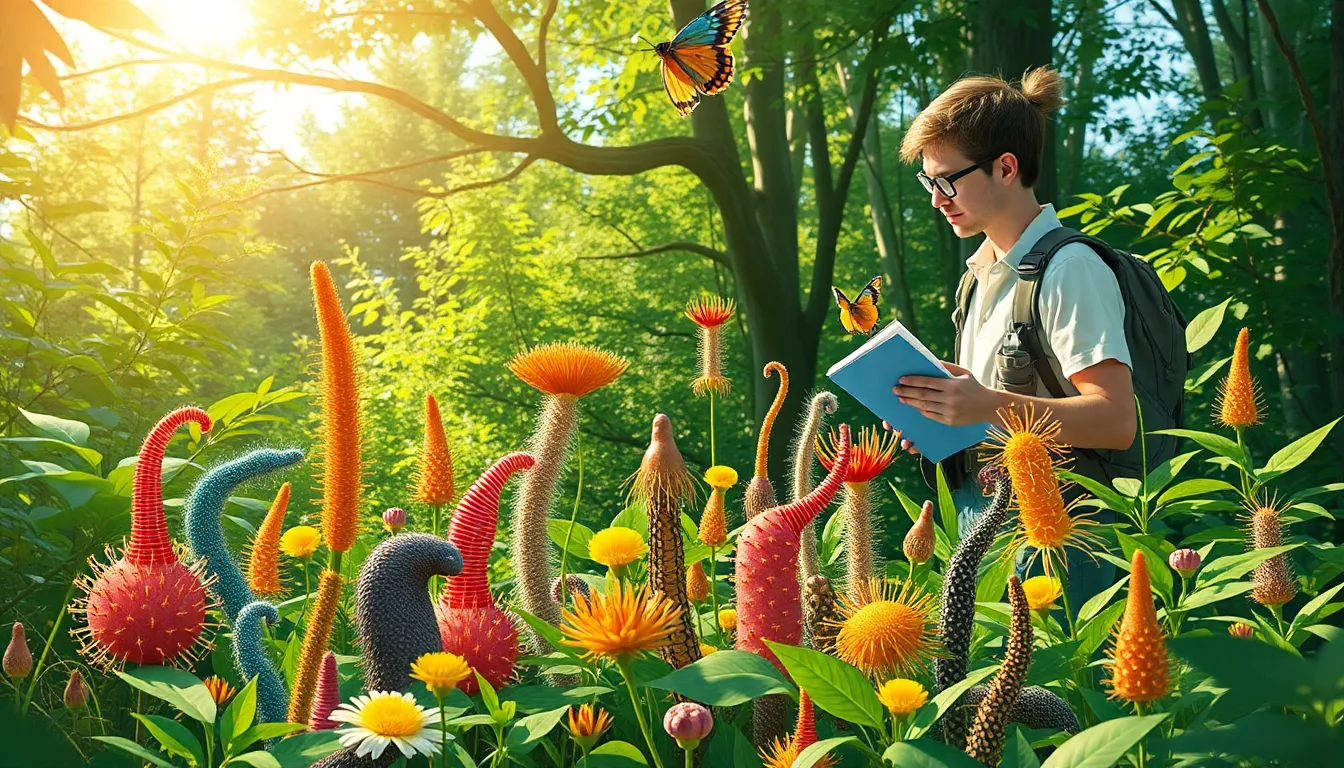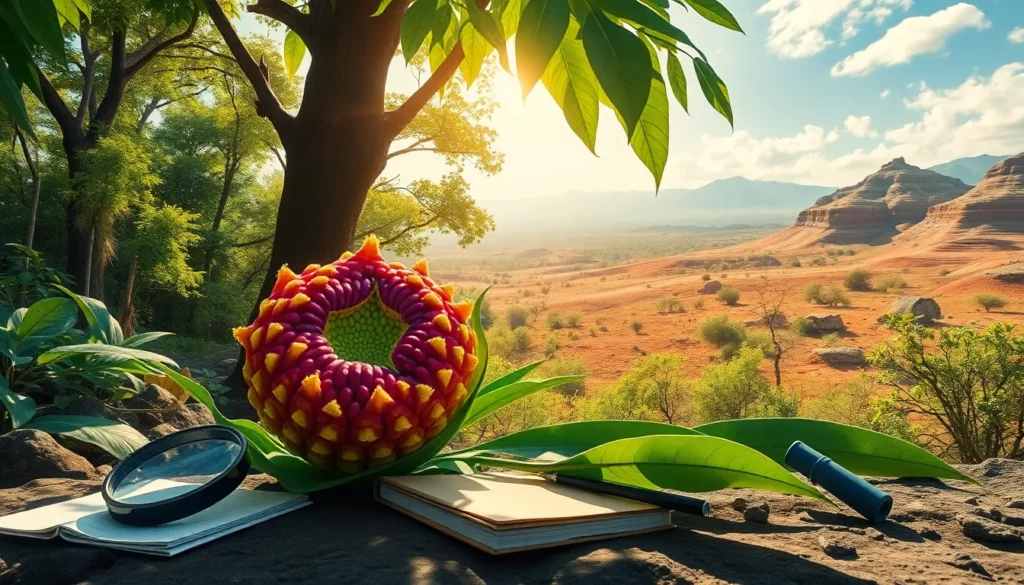Ever stumbled upon something that makes you go, “What on Earth is that?” Let’s face it, the world is brimming with wonders we often overlook. One such fascinating entity is alomesteria, a topic that might sound like a secret spell from a fantasy novel but is, in fact, an incredible aspect of our natural world. Immerse as we uncover the layers of this marvel and explore its historical roots, key characteristics, and the challenges it faces today. Trust me, you won’t want to miss this journey.
Alomesteria

Alomesteria refers to a unique and lesser-known species, often characterized by its distinctive morphology and ecological importance. Scientifically classified within the larger family of organisms, it plays a crucial role in its specific ecosystem. Alomesteria is not just a pretty face in nature: its existence contributes to the biodiversity and the intricate web of life.
These organisms vary significantly in appearance and behavior, making them a captivating subject for both researchers and nature enthusiasts. Unlike many common species, alomesteria demonstrates diverse adaptations that help it thrive in varied environments, showcasing nature’s incredible ingenuity.
Historical Significance and Origins
The historical significance of alomesteria stretches back centuries. Early naturalists first documented these organisms, sparking interest among biologists and ecologists alike. They were initially viewed as curiosities, often overshadowed by more prominent species. Over time, but, research has expanded our understanding of this remarkable entity.
Originating in specific regions of the world, alomesteria has developed unique traits molded by its environment. Its historical journey reveals how climate changes and human activity have influenced its evolution. Studying past interactions with ecosystems helps researchers grasp how these organisms adapt and survive in contemporary conditions.
Key Features of Alomesteria
Alomesteria is defined by several key features that make it stand out in the ecological landscape.
- Morphology: These organisms exhibit various physical characteristics tailored for adaptability. Some exhibit vibrant colors while others incorporate defensive mechanisms to deter predators.
- Life Cycle: Their life cycle is a fantastic study in survival, showcasing resilience from juvenile to adult stages.
Ecological Role and Habitat
Alomesteria is not merely a passive player in its environment. Instead, it plays a significant ecological role. As a part of the food web, it serves as both predator and prey, contributing to the balance of its ecosystem. Found primarily in diverse habitats, from lush forests to arid conditions, alomesteria thrives by adapting to its surroundings. Its role in nutrient cycling and as a habitat modifier underscores its importance in maintaining ecosystem health.
Challenges Faced by Alomesteria
Even though its remarkable features, alomesteria faces numerous challenges that threaten its survival. Climate change tops the list, altering habitats and the delicate balance of ecosystems. Rising temperatures, changing weather patterns, and habitat loss have directly impacted alomesteria populations.
Plus to climatic factors, human activities such as deforestation and pollution exacerbate these challenges. Many breeding grounds are shrinking due to urban development, putting pressure on alomesteria to adapt rapidly or face extinction. Conservationists and researchers are racing against time to understand these challenges better.
Conservation Efforts
Conservation initiatives are crucial in ensuring the survival of alomesteria. Various organizations dedicate resources to studying its habitat and implementing protective measures. These efforts include habitat restoration projects to rehabilitate areas affected by human activity.
Educational programs aim to raise awareness about the significance of alomesteria, highlighting its role in biodiversity and ecosystem health. By marshaling community support and fostering grassroots efforts, conservationists strive to build a future where alomesteria and similar species can thrive.
Future Prospects and Research Directions
Looking ahead, the future of alomesteria hinges on continued research and proactive conservation efforts. Scientists are exploring innovative methods to monitor populations and their habitats. Utilizing technology like remote sensing and genetic studies, they hope to gain deeper insights into how these organisms adapt over time.
Also, fostering collaboration among interdisciplinary teams can lead to more comprehensive strategies for conservation. Engaging local communities in these initiatives is also vital: their collective effort can bolster the chances of alomesteria’s survival in changing environments.

